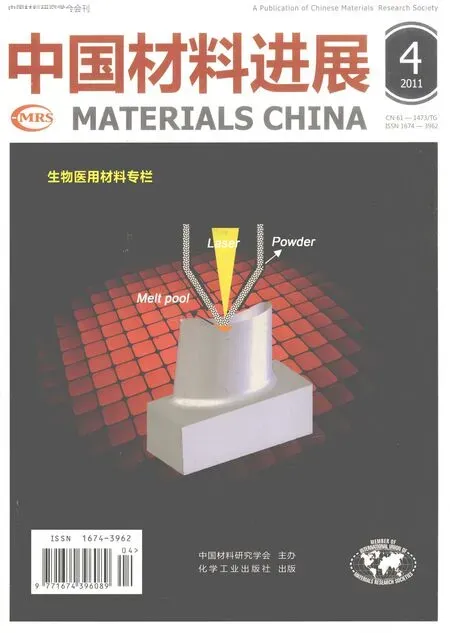NewMethod for Preparation of High-Energy Carbon-Carbon Double Bonds
NewMethod for Preparation of High-Energy Carbon-Carbon Double Bonds
A new catalytic chemicalmethod for the synthesis of a large and important class of carbon-carbon double bonds has been developed by scientists from Boston College andM IT,the team reports in the journalNature.The findings substantially expand the versatility of a set ofmetal-based catalysts discovered only three years ago by the researchers.
W ith molybdenum at their core,the catalysts have now proven capable of generating the higher-energy isomer of an alkene molecule from two simpler and much more readily accessible terminal versions,the team reports in an article in the current edition of the journal.
Carbon-carbon double bonds,also referred to as alkenes or olefins,are present in many medicinally relevant and biologically active molecules.Co-author Richard Schrock ofM IT shared the 2005 Nobel Prize in Chemistry for discovering one of the earliest types of olefin metathesis catalysts.
Alkenes exist as either the zigzag shaped trans olefin,or the E isomer,while others take the“U”shape of the cis olefin,or the higher-energy Z isomer.Catalytic methods for the synthesis of Z alkenes,particularly through olefin metathesis,have been sought after by many research teams in the world but had thus far proved elusive,said Amir Hoveyda,the primary author of the paper and the Joseph T.and Patricia Vanderslice Millennium Professor of Chemistry atBoston College.
Z isomers require a catalyst thatmust be sufficiently active to be capable of promoting the chemical reaction while maintaining the cis olefin's U-shape geometry.Preserving both characteristics in a catalyst leads to reactions that deliver Z-alkenes,which can be found in a large numberofmedicinally significantmolecules and are used as startingmaterials for some of the most commonly used transformations in chemistry.
“These higher energy carbon-carbon double bonds are incredibly important to chemists and researchers in various areas such asmedicinal chemistry,chemical biology,organic synthesis and materials research,”said Hoveyda.“The trick here was to come up with a catalyst that is active enough to promote Z-alkene formation but not too active to also want to reactwith the product.So,in a way,we had to walk on a very tight rope.Olefin metathesis is a reversible reaction and you always run the risk of going back and forth between product and startingmaterial,which forces you to end up with a lower energy and less desirable isomer.Whatwe have found are catalysts that are sufficiently active to promote this difficult reaction but are also discriminating enough not to go after the product and cause it to isomerize.”
Using the highly abundant and inexpensive metalmolybdenum,Hoveyda and his colleagues show the catalyst can produce a Z-selective“crossmetathesis”reaction-an olefin metathesis reaction in which two different alkene-containingmolecules are fused into a single molecule,generating only ethylene,the smallestpossible alkene-containingmolecule,as the byproduct.By simply running their reactions in a vacuum,the team discovered that removal of generated olefin can significantly improve the desired process and yield unprecedented levels of reactivity and selectivity.
The researchers demonstrated the special versatility of their new catalytic method through synthesis of a potent antioxidant plasmalogen phospholipid,molecules critical to cellular function that have been implicated in Alzheimer's disease,as well as the potent immunost imulant KRN7000,which has been shown to combat tumors,auto immune disease and graft-versus-host disease in mice.
The synthesis of such biologically relevantmolecules further proves the far-reaching importance of olefin metathesis,Hoveyda said.In the case of the anti-oxidant,the carbon-carbon double bond marked the end-point in the creation of the compound.For the immunostimulant,the creation of the Z double bond proved to be most critical in subsequent structuralmodifications required to reach the final target.
(From:http://www.physorg.com/news/2011-03-method-high-energy-carbon-carbon-bonds.html)

